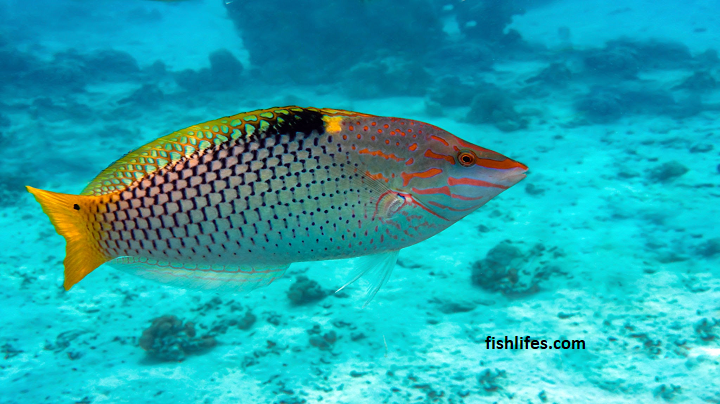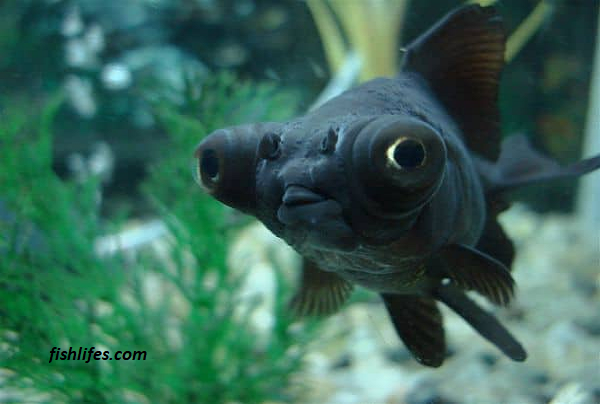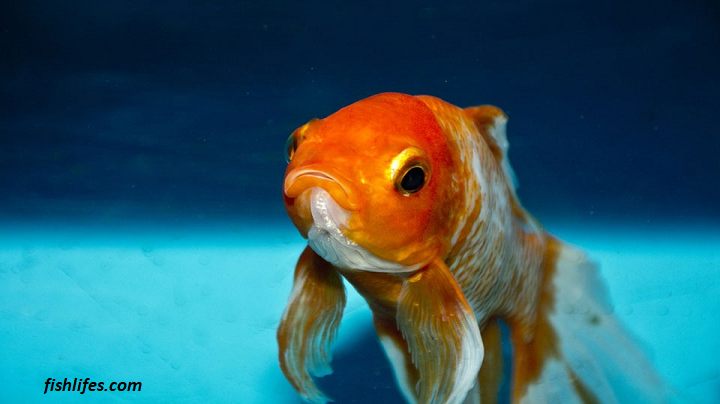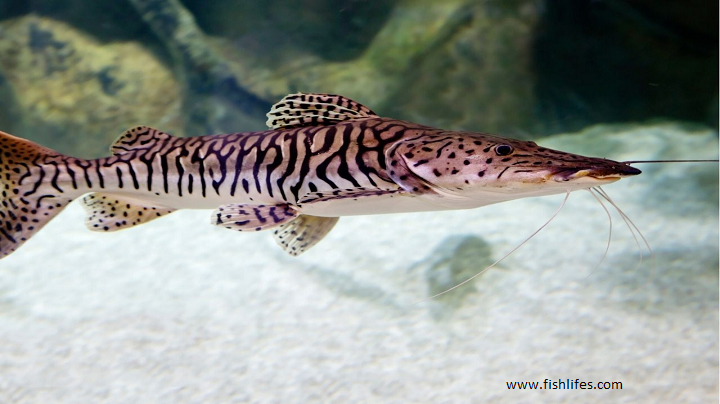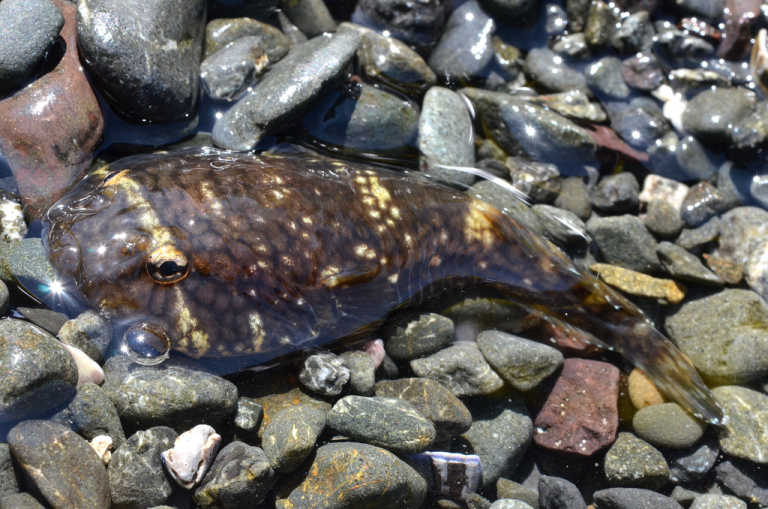How long do glofish live? The diseases that affect them, and how to care for them, so they have a long and happy life. We’ll also talk about whether they can reproduce and offer advice on keeping your glofish healthy.
Glofish are among the most popular aquarium fish for their vibrant colors and fun personality. They are genetically modified zebrafish that have been given fluorescent genes to make them glow in the dark. Glofish is available in various colors, including pink, green, orange, blue, and yellow.
While they are fun and unique fish, many people wonder how long glofish live. The answer may surprise you! Glofish typically live 2-3 years, but some have been known to live up to 5 years with proper care.
With their relatively long lifespan, glofish make great pets for both beginners and experienced aquarium owners if you’re thinking about adding some glofish to your tank, research which color you want and what type of personality they have before making your purchase.
What is Glofish?
A Glofish is a type of genetically modified (GM) zebrafish. They were the first GM animal to be sold as a pet. Glofish is not naturally occurring; it results from years of research and genetic manipulation.
The original intention of creating Glofish was not to create a new pet but to use them as environmental sensors. Scientists inserted a fluorescent protein gene from jellyfish or sea coral into zebrafish embryos. It allowed the fish to fluoresce or glow when exposed to specific wavelengths of light.
However, the Glofish quickly became popular as pets due to their bright colors. They are available in several colors, including pink, green, and blue.
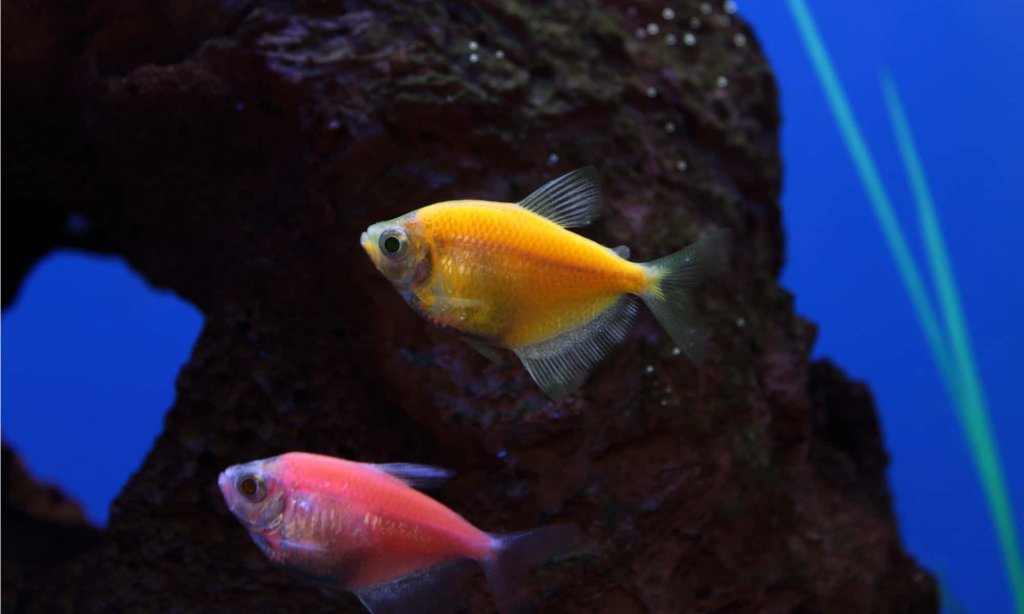
Do Glofish Have A Shorter Lifespan?
Yes, Glofish have a shorter lifespan than their unmodified zebrafish counterparts. The typical lifespan depending on the Glofish species, is 2-7 years. The main reason for this shortened lifespan is a genetic modification that causes the fish to fluoresce.
How Long do Glofish Live?
Glofish lifespan varies per species, as was already noted. As of 2022, there are 6 species of Glofish available for sale:
• Glofish Barbs
• Glofish Bettas
• Glofish Danios
• Glofish Tetras
• Glofish Long Fin Tetras
• Glofish Sharks
With the proper care, Glofish sharks have the most extended longevity among these species, ranging from 4 to 7 years. The Glofish Danio has a life span of only two to three years.
Is Glofish Hard to Keep Alive?
Glofish are a hardy fish species that are perfect for beginner fish keepers. They are easy to care for and don’t require special attention or equipment. With proper care, Glofish can live for several years.
Which Glofish Live the Longest?
There is a lot of debate on which fish live the longest. Some people believe that glofish can live up to 10 years, while others say sharks can live up to 7 years. However, the fish that reigns supreme when it comes to longevity is undoubtedly the Glofish shark. These creatures have been documented living for up to 7 years in the unmodified form!

Although their lifespan may be comparatively short, these sharks are incredibly active and playful animals. They enjoy swimming around in large groups and hunting for prey. In addition, they can regenerate lost body parts, so don’t be too alarmed if one of your Glofish goes missing – they probably just went on an adventure!
How Long do Glofish Live Without Eating?
The freshwater fish, Glofish, can go several weeks without eating if the aquarium is well-stocked with fresh food. However, regular testing is encouraged to ensure the fish get the necessary sustenance. If you’re going on vacation and cannot check on your fish regularly, buying an automatic fish feeder that will dispense food according to schedule is best.
How to Make Glofish Live Longer?
You can help your Glofish have a long and healthy life by doing the following:
Keep the Tank Clean
Keeping a tank clean is essential for the health of your fish and the environment. A clean tank prevents the spread of diseases, and regular water changes help to keep your fish healthy. Partial water changes of 20-30 percent every week are recommended, as well as tank cleaning every month.
Provide a Balanced Diet
All animals, including fish, require a healthy and balanced diet. Glofish is no different. We advise feeding them various meals to ensure your Glofish gets all the nutrients they require. The following are some of the top foods for glofish:
• pellets
• flakes
• bloodworms
• daphnia
• cyclops
For your Glofish, you can buy live or frozen food. Since live meals are more nutrient-dense and offer more advantages for your fish, we advise you to purchase them.
Avoid Overfeeding
Overfeeding is one of the most common mistakes fishkeepers make, and it’s harmful to the fish and the environment. Feeding your Glofish as much as they can eat in a few minutes is the best way to avoid overfeeding. Feeding too much food can pollute both your tank and the environment. Not only will you be hurting your fish, but you’ll also be harming other aquatic lifeforms and disrupting ecosystems.
Follow these guidelines when feeding your Glofish: feed them small amounts frequently, and watch them closely, so you don’t overfeed them. If you get overfed, don’t force-feed them; let them naturally eat until they’re full.
Provide Hiding Places
All fish, but especially Glofish, need somewhere to hide. Glofish require a place to hide when they feel threatened or afraid because they are naturally timid. We advise you to give your Glofish hiding spots in the aquarium. Glofish can be found in some of the best hiding areas:
• plants
• rocks
• caves
• huts
Your Glofish will feel safer and less anxious if you give them somewhere to hide. As a result, you’ll live longer and be healthier.
Do not Overhandle
Fish owners often overhandle their fish, causing them to become stressed. Fish susceptible to diseases are more prone to stress and contract diseases more efficiently. When handling your fish, be gentle and careful not to cause them unnecessary stress.
Ensure a Disease-Free Environment
Nearly all illnesses in fish can be traced back to one of four prevalent causes: poor water quality, parasites, bacteria, and fungi. Properly maintaining a disease-free habitat is essential to preventing these pathogens from spreading. One of the most effective ways to achieve a disease-free environment is by introducing new fish into an existing aquarium. Doing so helps to break the cycle of infections and keep your tank clean and healthy overall.
• loss of appetite
• fin loss
• weight loss
• bulging eyes
• skin lesions
• listlessness
• death
We advise that you speak with a veterinarian as soon as you spot any of these symptoms.
Can Glofish Reproduce?
One of the most commonly asked questions about fish is can they reproduce? Glofish, a genetically modified fish, offers an interesting case study. Glofish offspring inherit their parents’ genes and characteristics, making them clones. There is no exception to this rule.

Legal Status Of Glofish Reproducing
The legality of selling or reproducing glofish is a topic of debate. Some people argue that, as they are genetically modified fish, Yorktown Technologies LLC should obtain prior consent from the public before producing or selling them. Others maintain that as long as the glofish are not being sold for human consumption, there is no need for prior consent, and the company can go ahead and produce them. The eventual resolution of this issue may hinge on whether or not genetic modification constitutes “design” under US patent law.
You must first get into a contract with Yorktown Technologies LLC that grants you the legal authority to sell glofish if you choose to do so. You may, however, breed these fish for personal use. In essence,
• Any glofish you’ve bred at home are off-limits for trade, sale, and gifting.
• These domesticated fish cannot be released into the wild.
Therefore, you can breed these fish if you keep them as pets, but you’ll need to keep the fry (baby fish).
Facts About Glofish Reproduction
Now that we know that glofish may reproduce let’s look at some fascinating information on this process.
• Like their counterparts, glofish are simple to breed.
• There are six shades of GloFish, and if you cross a green fish with a purple fish, the progeny will either be green or purple. When they crossbreed, the colors do not mingle.
• As they get older, the offspring’s color won’t change. Therefore, the fry (baby fish) produced by breeding a green glofish will also be green.
• Since glofish are livebearers, they deliver live fry (baby fish).
• Glofish often gives birth after 28 days.
• At any given time, a female glofish can give birth to anywhere from 20 to 40 fry (baby fish).
• Glofish’s fry (baby fish) are incredibly tiny, reaching only 6 mm. You might not be able to see their colors when they are born.
• The tiny fish, or fry, will take around 4 to 6 weeks to acquire its colors.
• Glofish fry (baby fish) are completely grown when they are born and can survive very quickly.
How To Breed Glofish?
Breeding glofish is a fun and exciting task that can be accomplished with the right equipment and a little bit of knowledge. Here are a few tips to get you started:
The first step is to choose the right tank size. At least 10 gallons is recommended, but 20 or even 30 gallons will work better if you have more than one fish. A larger tank also gives you more space to move the fish around, which is essential for breeding.
The following requirement is good filtration. A filter capable of handling high populations of fish is ideal. You can also use an air pump to provide supplemental oxygenation if necessary. Finally, ensure your tank has a sturdy cover so the fish cannot escape during the breeding season.

Now that your tank is ready, it’s time to start breeding.
You can add a pair of glofish to the breeding tank once it is set up.
• After that, the glofish will begin to mate.
• The female glofish will begin to display indications of pregnancy after a few weeks.
• After that, the live fry will be born from the female glofish (baby fish).
• Conversely, Glofish Bettas will lay eggs that will hatch into fry (baby fish).
• Because they are so tiny, glofish fry can be challenging to spot.
• To remove the fry (young fish) from the breeding tank, use a small net.
• The newborn fish should then be moved to a different tank.
• Until the baby fish are big enough to be moved to the main tank, you should maintain the fry (baby fish) in a different tank.
• After 4 to 6 weeks, the glofish fry (young fish) begin to take on their colors.
• The fry (baby fish) can then be added to the main tank.
Glofish Diseases
Even while glofish have a long and healthy lifespan, there are a few factors that can reduce it. One of the most frequent reasons for death in Glofish is the illness. Like their unaltered counterparts, glofish are susceptible to typical fish diseases. Among the ailments that glofish are prone to are:
Ich
The Ichthyophthirius multi-files parasite is known to cause glofish diseases, characterized by patches on the fish’s body where the parasites live and feed.
Many reef keepers maintain a stable temperature of around 86 degrees Fahrenheit to combat these diseases, just below the fish’s average body temperature.
By killing the parasite and removing it, these treatments can help prevent or cure glofish diseases.
Velvet Disease
Velvet disease, called scale disease, is a bacterial infection affecting freshwater and saltwater fish.
The bacteria Pseudomonas aeruginosa causes velvet disease. Symptoms of velvet disease include:
- Gold or brown dust on the fish’s body.
- Scratching itself against objects.
- A loss of appetite.
Treatment for velvet disease usually involves different medications and covering the aquarium with plastic wrap. The life cycle of the Quicken parasite, which can cause velvet disease in fish, is covered in this article.
Fin Rot And Tail Rot
Fin rot and tail rot are two common fish diseases that can quickly kill your tank’s inhabitants. Both diseases cause the fins and tails of fish to fall off, and they can be hard to diagnose without seeing the affected fish in person. Here are some tips to help prevent these diseases from taking over your tank: Regularly clean your tank’s gravel and filter media.
Dead algae and bacteria can lead to fin rot and tail rot. Make sure all of your tank’s water parameters are balanced. Improper water chemistry can also lead to these diseases. Keep a close eye on your fish during the breeding season, as high-stress levels can lead to increased disease susceptibility.
Columnaris
Columnaris is a severe infection of the fish’s skin that can rapidly lead to death. Columnaris is caused by bacteria and are most commonly found in goldfish and koi, but they can also occur in other types of fish. White patches on the fish’s body are a vital sign of columnar.
Ragged fins are also common signs of this infection. Treatment for columnaris involves removing the bacteria from the tank and treating the fish with antibiotics.
Conclusion
How Long do Glofish Live? GloFish is a popular fish that many people keep as pets. They are typically small and colorful, and they provide yearlong enjoyment. However, Glofish can be susceptible to diseases, and their lifespan is relatively short-lived compared to other fish. Proper care will help ensure a long life for your Glofish.
Also read: Can Fish Make a Better Pet than Cats or Dogs? ( You Need To Know This )

